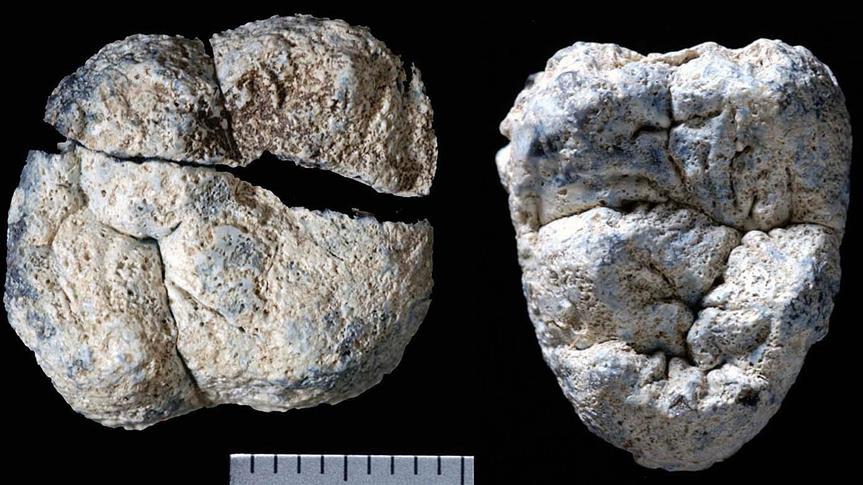New Ethiopian fossil may shed light on human ancestry
8 million-year-old fossilized teeth may tell scientists more about humankind's forebearers
 An international research team based in Ethiopia on Thursday revealed the discovery of remains of an ape from 8 million years ago -- around the time that human’s and modern apes’ common ancestor existed. “This time features a period when the human and African ape lines are thought to have split,” paleoanthropologist Berhane Asfaw told Anadolu Agency. (Minasse Wondimu Hailu - Anadolu Agency)
An international research team based in Ethiopia on Thursday revealed the discovery of remains of an ape from 8 million years ago -- around the time that human’s and modern apes’ common ancestor existed. “This time features a period when the human and African ape lines are thought to have split,” paleoanthropologist Berhane Asfaw told Anadolu Agency. (Minasse Wondimu Hailu - Anadolu Agency)
Ethiopia
By Addis Getachew
ADDIS ABABA, Ethiopia
An international research team based in Ethiopia on Thursday revealed the discovery of remains of an ape from 8 million years ago -- around the time that human’s and modern apes’ common ancestor existed.
“This time features a period when the human and African ape lines are thought to have split,” paleoanthropologist Berhane Asfaw told Anadolu Agency.
Asfaw and colleagues Yonas Beyene and Gen Suwa are studying fossils discovered at Gololcha in Ethiopia’s Oromia state, 170 kilometers (105 miles) east of capital Addis Ababa. The area is close to the Rift Valley where the 3.5 million-year-old remains of “Lucy” -- the first hominid fossil -- were discovered.
“Prior to this discovery, no mammalian fossils south of the Sahara had been securely dated to 8 to 9 million years ago,” Asfaw said. “These are the first of such fossils.”
He added: “This work provides new insight into some outstanding scientific controversies surrounding human origins.”
The fossils have been named “Chororapithecus” and consist of nine fossilized ape teeth.
“Chororapithecus abyssinicus is a fossil ape that our research team discovered and named in 2007,” Asfaw said. “The name comes from the Chorora formation, the geological name of the rocks and sediments that contain the fossils.”
Scientists have shown that humans and Africa’s great apes -- chimpanzees and gorillas -- share a common ancestor that lived between 8 and 6 million years ago.
Anadolu Agency website contains only a portion of the news stories offered to subscribers in the AA News Broadcasting System (HAS), and in summarized form. Please contact us for subscription options.

